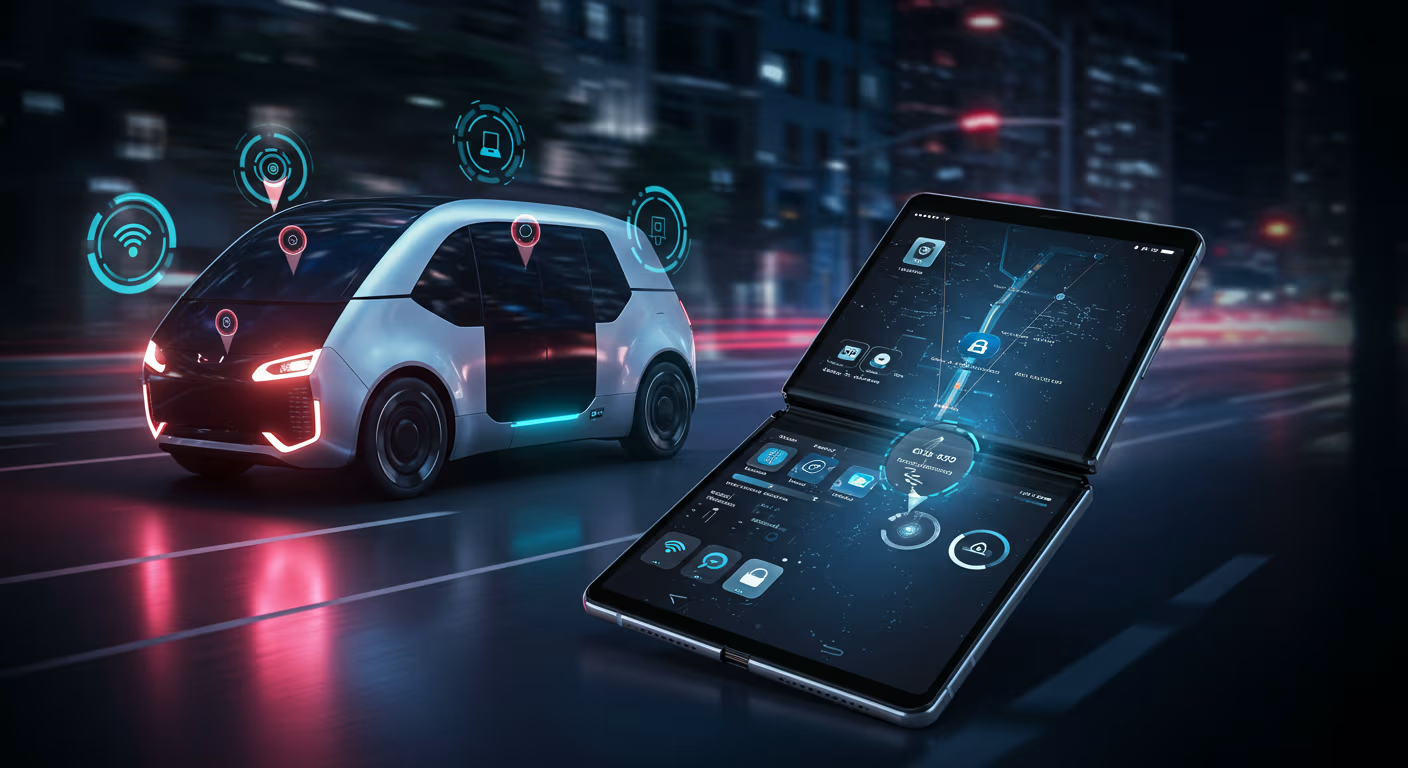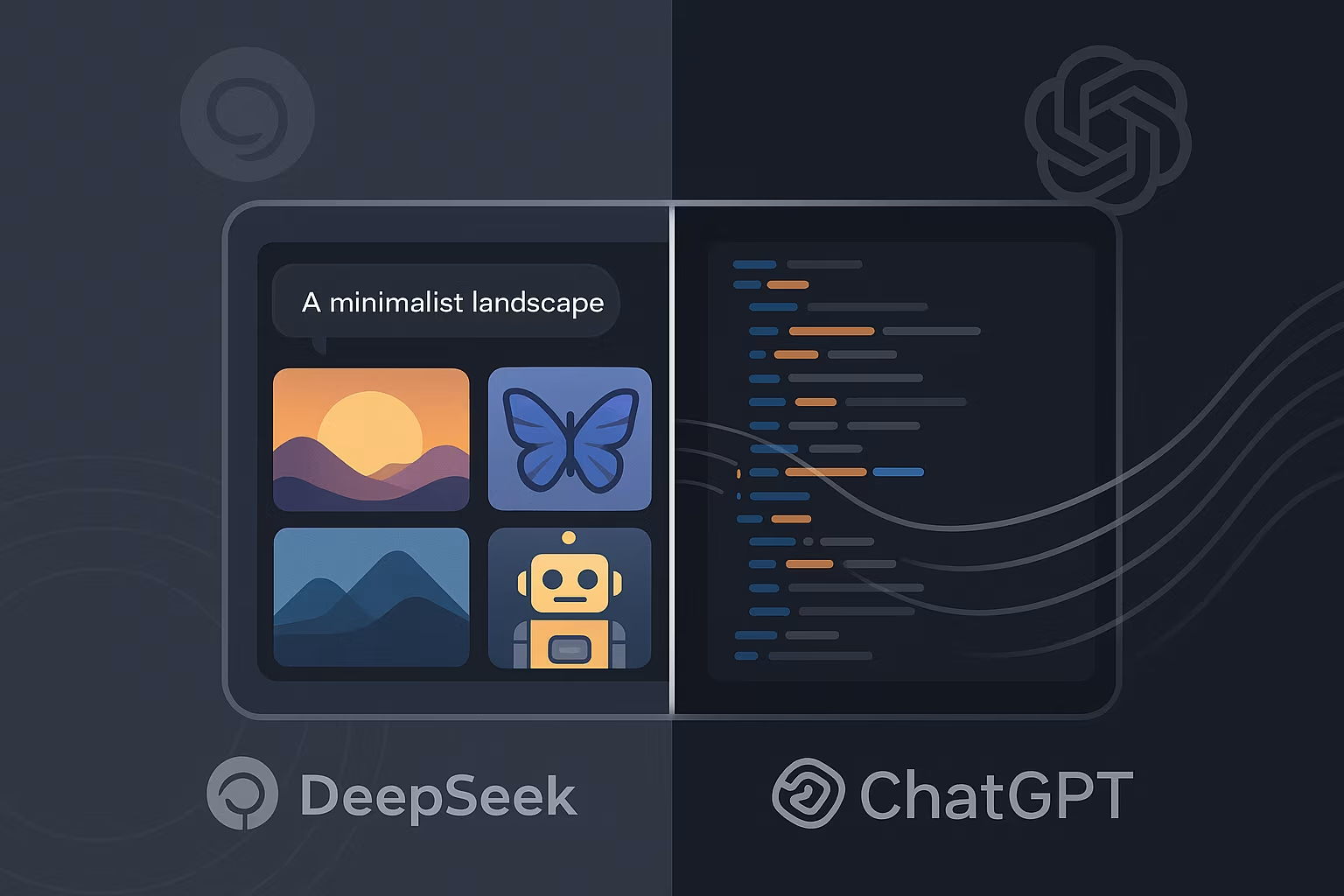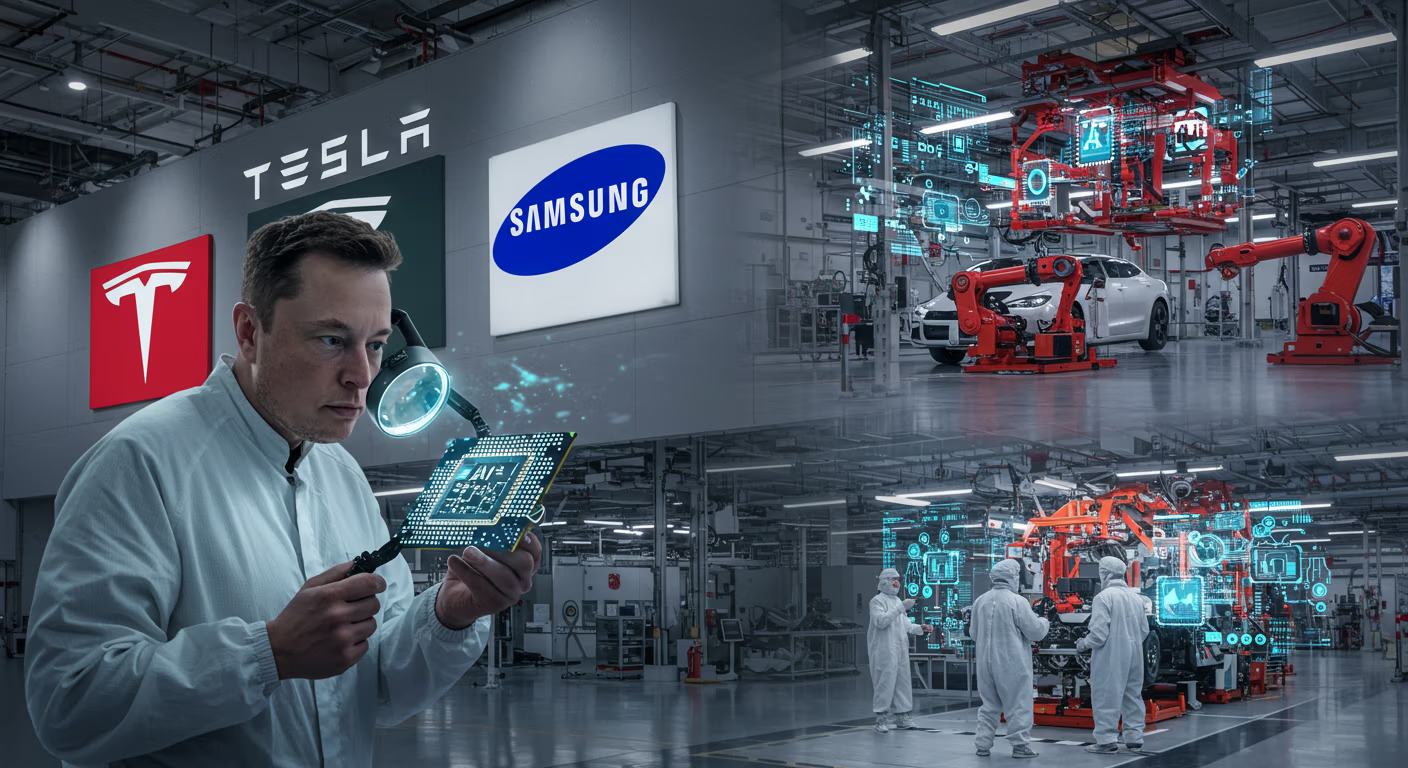In an era where software has long dominated the headlines, hardware is making a major comeback—and two standout categories are commanding attention: robotaxis and foldable devices. These innovations aren’t just flashy prototypes; they are symbols of the next evolution in transportation and personal technology.
On one end of the spectrum, robotaxis—autonomous vehicles designed for commercial passenger service—are rolling out in more cities, challenging traditional notions of car ownership, ride-hailing, and urban mobility. On the other, foldable smartphones and tablets are changing the way we interact with screens, offering flexibility without sacrificing power or aesthetics.
What connects these two booming segments is not just cutting-edge engineering, but a shift in user experience expectations. Consumers today demand convenience, intelligence, and futuristic design—all of which robotaxis and foldables promise in different yet equally transformative ways.
Let’s dive into why these two technologies are creating so much hype—and how they might reshape our daily lives.
Robotaxis: From Science Fiction to City Streets
For years, the idea of hopping into a driverless car felt like a distant dream. But in 2024, robotaxis are becoming a practical reality in cities like San Francisco, Phoenix, and Shenzhen. Companies like Waymo (Alphabet), Cruise (GM), Baidu’s Apollo Go, and AutoX have made significant progress in both technology and regulatory compliance, allowing them to operate limited fleets of self-driving taxis.
Unlike autonomous features in personal vehicles, robotaxis are designed from the ground up to function without a human driver at all. These cars are equipped with LIDAR sensors, radar, high-resolution cameras, and AI-powered navigation systems, allowing them to process complex traffic environments in real time.
What’s fueling the hype?
- Cost efficiency: Robotaxis could drastically reduce ride-hailing costs by eliminating the driver.
- Safety promises: By removing human error—responsible for 90% of road accidents—autonomous vehicles aim to improve road safety.
- Urban mobility transformation: Robotaxis can be integrated with public transport systems and reduce personal car ownership, easing traffic congestion and parking demand.
However, challenges remain. These include edge-case driving scenarios, legal liability in accidents, ethical decision-making algorithms, and public trust. Still, 2024 marks a significant inflection point where robotaxis are shifting from trials to early commercialization, particularly in geofenced urban areas.
The Business Model Shift
Robotaxi services are likely to operate under a hybrid model combining subscription services, per-mile charges, and fleet partnerships. Automakers, tech firms, and mobility startups are all racing to claim their stake in what could become a trillion-dollar autonomous mobility market by 2035.
Regulators are cautiously optimistic, with U.S. cities rolling out permit frameworks, while countries like China are pushing aggressively to lead the robotaxi race through public-private initiatives.
Foldables: Flexing the Future of Mobile Screens
On the consumer device front, foldable technology has finally hit its stride. Samsung, Huawei, Motorola, Google, and now even Apple (rumored) are betting on foldables as the future of smartphones and portable computing.
The Galaxy Z Fold 6, Pixel Fold 2, and Huawei Mate X5 represent the newest generation of foldables—thinner, more durable, and integrated with powerful processors and multi-functional screens. No longer just novelties, foldables now support true multitasking, high-refresh-rate displays, stylus support, and robust hinge mechanisms tested for hundreds of thousands of folds.
Why the hype?
- Screen real estate meets portability: Users can carry a compact phone that unfolds into a tablet, offering an unmatched mobile productivity and entertainment experience.
- Design evolution: Foldables represent a true hardware reinvention of the flat-glass smartphone form factor.
- Enterprise potential: Professionals, creatives, and gamers alike benefit from expanded screen space and app continuity across folds.
Foldables also pave the way for rollable displays, clamshell-style smartphones, and dual-screen innovations that could eventually replace traditional laptops and tablets.
Challenges and Opportunities
While the foldable segment is growing, it still faces a few hurdles:
- Price: Premium foldables can cost well over $1,500, limiting accessibility.
- Durability concerns: Although screens and hinges have improved, consumers still worry about wear-and-tear over time.
- App optimization: Developers must optimize interfaces to take full advantage of foldable form factors.
Despite these concerns, foldables are seeing a steady year-over-year increase in shipments, with IDC predicting over 30 million foldables sold in 2024, signaling growing consumer confidence and demand.
Where Robotaxis and Foldables Intersect
Surprisingly, these two technologies—robotaxis and foldables—are more connected than they appear. Both serve as mobile interfaces for our digital lives, and as cars become more autonomous, in-cabin experiences will become screen-focused. Foldable and rollable displays may soon appear inside robotaxis, offering passengers full-screen entertainment, productivity, or personalized AI assistants during their rides.
Moreover, both trends represent a shift away from static technology. They emphasize adaptive, situational design—whether it’s a car that drives itself or a screen that expands when you need it.
Consumer Adoption Signals
Early adopters are flocking to foldables for their futuristic appeal and practical utility. Meanwhile, urban millennials and Gen Z users—often less interested in owning a car—are open to robotaxi services that offer flexibility, sustainability, and low costs.
As both sectors evolve, expect increasing overlap with AI integration, voice-first interfaces, and environment-aware contextual services.
Why the Hype Is Justified
In 2024, the excitement surrounding robotaxis and foldables is more than just marketing. It’s a sign that hardware is innovating again, breaking through years of flat progress in mobile and automotive design.
Robotaxis represent a new era of smart mobility, while foldables showcase the future of user-centric, flexible devices. Both are redefining how we move, work, and connect in a digitally saturated world.
As these technologies mature, become more affordable, and integrate more deeply with AI ecosystems, the hardware hype is likely to transform into mainstream reality—changing not just how our devices look, but how we live with them.





